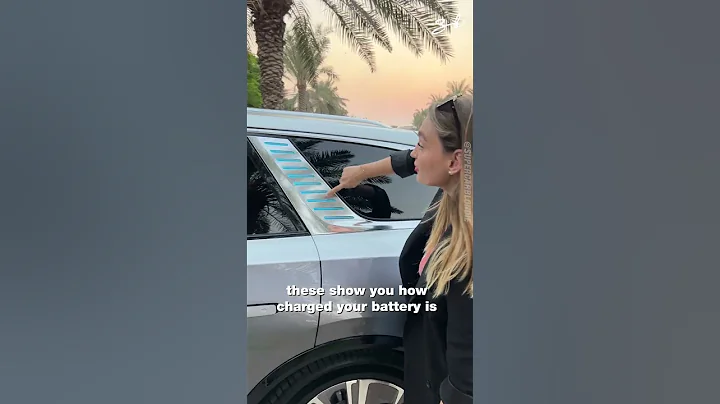Recently, National Bureau of Statistics announced the "China Census Yearbook 2020". The yearbook disclosed in detail the sub-data of the seventh census. It is worth noting that for the first time, the data shared in this issue of the yearbook include people with household income. The number of households with cars is the statistical breakdown of the sample.
data shows that as of 2020, the number of car-free households in my country still accounts for more than 58.33%. Among the remaining 41.67% of households with cars, 81.2% drive cars with a price of less than 200,000 yuan. In , the number of households with models priced between RMB 100,000 and RMB 200,000 is approximately 8.14 million, which has exceeded the number of households with models priced below RMB 100,000 (7.39 million households). In addition, only 0.27% of households own cars with a total price of more than 1 million yuan, among which Zhejiang has the largest number of “million-car households”.

The proportion of households with cars exceeds 50% in two provinces, namely Jiangsu (51.07%) and Shandong (50.59%), which even surpasses mega cities such as Beijing and Shanghai.
This is mainly because super-large cities generally implement policies to prevent urban congestion such as plate restriction and number restriction, which has slowed down the growth rate to a certain extent. At the same time, public transportation in super-large cities is also more developed. This is also an important reason.

Another noteworthy part is the differentiation of car ownership types in urban and rural areas; looking at urban and rural areas, from city to town to township, the proportion of households with lower-priced models also increases with the urban to rural areas. It rises step by step with advancement.
From the data in the table, we can find that among urban and town households with car models below 200,000 yuan, the number of households with 100,000 to 200,000 yuan is higher than that of households with car models priced at no more than 100,000 yuan, which is consistent with the national trend.
When looking at rural statistics, the number of households with cars worth less than 100,000 yuan clearly exceeds the number of households with cars with cars worth 100,000 to 200,000 yuan. Considering that the total number of rural households without cars is still considerable, the public transportation construction in rural areas is inferior to that in cities and towns, and the commuting distance is also long, further promoting the policy of bringing cars to the countryside will obviously contribute to expanding the automobile market and stimulating automobile consumption. More help.
Xiaoxiang Morning News reporter Mao Chuan comprehensive
news clue breaking channel: download the "Morning Video" client from the application market and enter the "Morning Help" topic; or call the Morning Video news hotline 0731-85571188.





















